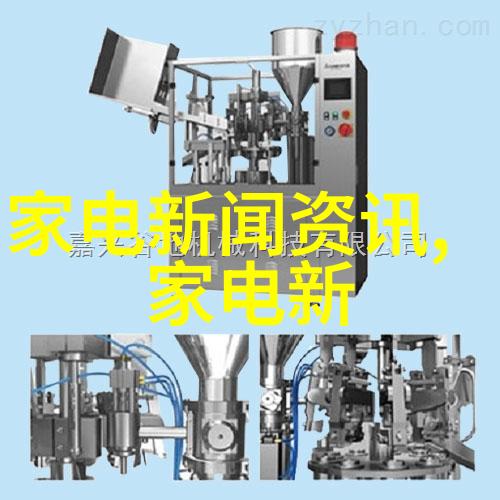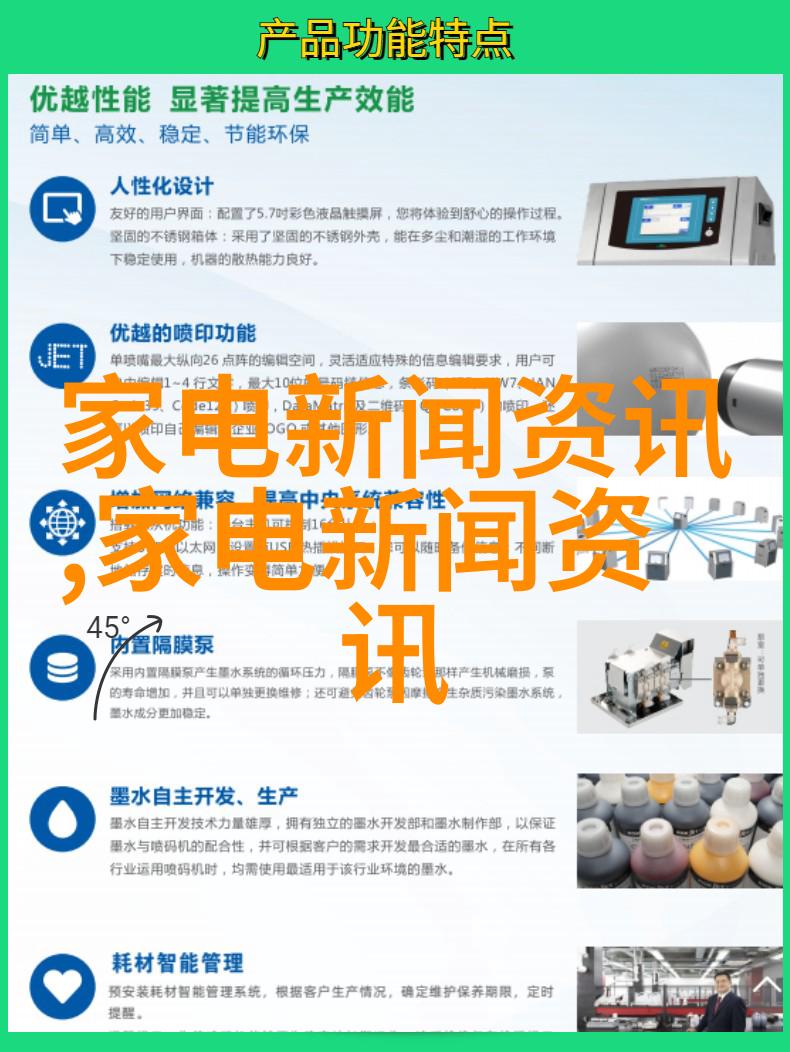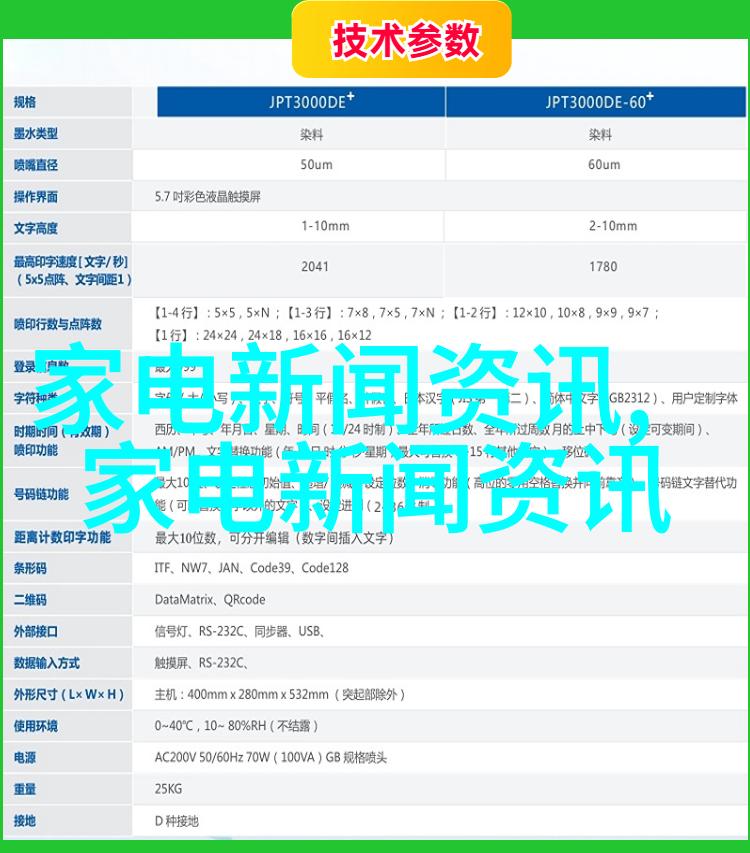辅热和制热一样吗

在中医理论中,辅热和制热是两种不同的治疗手段,它们各自有特定的作用和适用场景。然而,有些人可能会对它们的区别产生疑问,认为它们可能是一回事,只是名称上的不同。在实际操作中,这样的误解可能会导致治疗效果不佳甚至造成不必要的健康风险。
首先,我们需要明确的是,辅热和制热都是为了调节体内气血运行、促进病邪出散、恢复正常生理功能而采取的一种治疗方法。它们通过发汗或温补等方式来达到目的。但具体的手法却有很大的差异。

关于辅熱,它通常指的是在一定条件下加以帮助,使病人的身体能够自己产生出汗水,从而达到清除体内毒素、疏通经络的目的。这种方法适用于外感风寒或风暑引起的疾病,如感冒、流感等,以及一些属于表证(表面的症状)的慢性疾病,比如关节炎。在使用时,医生会根据个人的具体情况选择合适的药物,如川芎、桂枝等来增强其疗效,并配合其他手段,如针灸、中药方剂等,以达到最佳治疗效果。
相比之下,制熱则更侧重于直接提高患者体温,以此来防止细菌或者病毒的传播以及增强免疫力。这种方法主要用于某些急性传染性疾病,如扁桃腺炎、高烧伴有咽痛等。此外,在冬季或者气候严寒的情况下,对于一些脆弱群体如老年人或婴幼儿,也可以采用定期进行轻微度量级的“制热”措施,以预防因寒冷引起的一系列健康问题。

那么,当我们说“辅熱和制熱一样吗?”时,其实是在探讨这两者之间是否存在共通点,以及在什么情况下可以将其视作同一种医疗行为。在回答这个问题之前,我们需要深入理解这两种疗法分别如何工作以及它们各自面临的问题。
从一个广义上来说,可以认为auxiliary heat (auxiliary heating) 和therapeutic heat therapy share some similarities in that they both aim to promote the body's natural healing processes by providing a certain level of warmth. However, the specific ways they achieve this goal are quite different.

For instance, auxiliary heat is more focused on supporting and assisting the body's own self-healing mechanisms, whereas therapeutic heat therapy often involves direct application of external warmth to stimulate blood flow and relieve pain. This difference in approach can have significant implications for how these two methods are used in clinical settings.
In conclusion, while there may be some superficial similarities between auxiliary heat and therapeutic heat therapy, they represent distinct approaches to promoting health and wellness. By understanding their unique characteristics and indications, healthcare professionals can better tailor treatment plans to meet individual patient needs. Ultimately, it is important for patients themselves to educate themselves about these therapies so that they can make informed decisions about their care.

The question "Is auxiliary heat the same as therapeutic heat?" may seem simple at first glance but holds important implications for those seeking effective solutions to various health concerns. As we continue our journey into the world of complementary medicine, let us remember that even seemingly similar treatments offer valuable insights into our complex bodies' intricate systems - with each modality offering its unique strengths and weaknesses in helping us regain balance within ourselves.
By recognizing these differences we will not only avoid potential risks but also maximize benefits from using these techniques effectively – ultimately contributing towards a healthier society where people seek out holistic healing options with confidence knowing what best suits their particular situation or condition.




